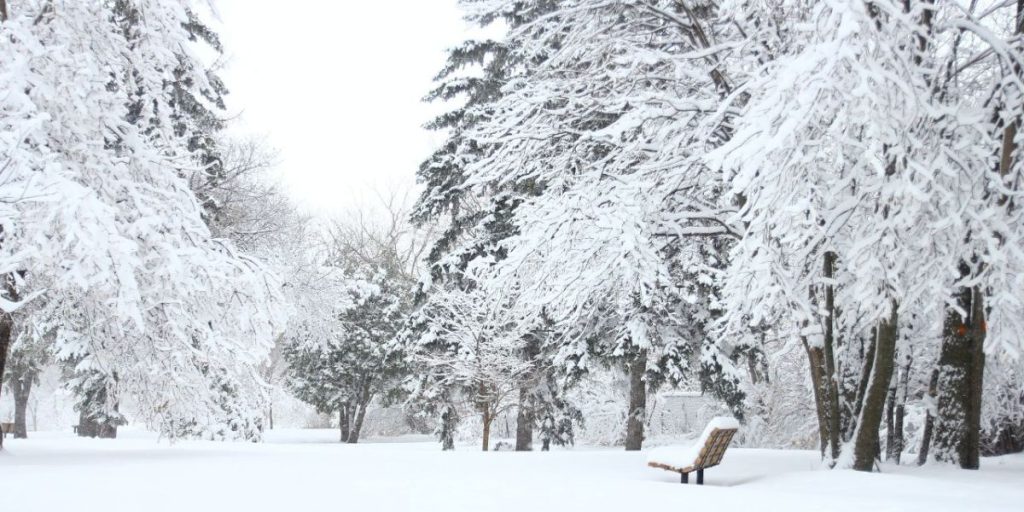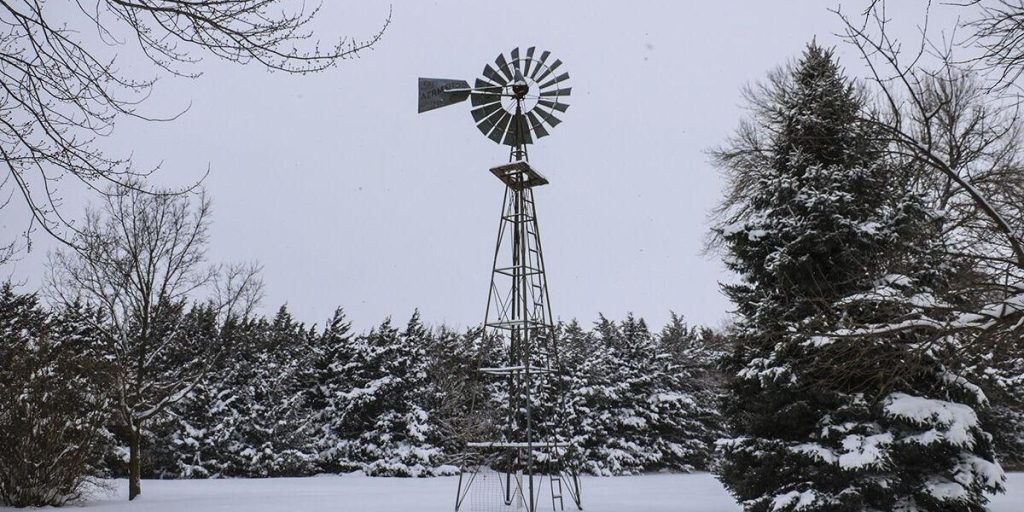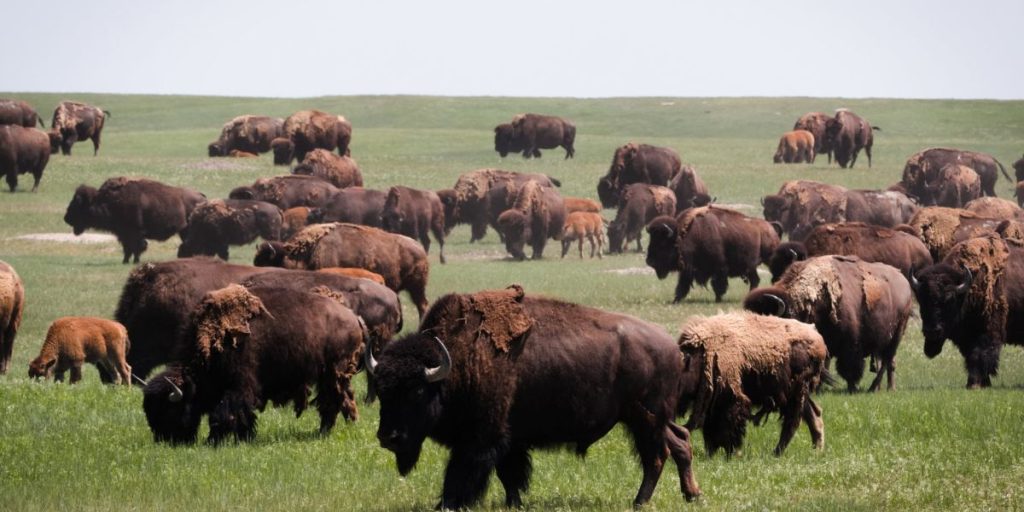Nebraska may be known for its vast prairies and hot summers, but did you know it also has some of the coldest temperatures in the country? Nebraska, located in the Great Plains region, sees severe temperature changes and can be downright freezing in winter. Today, we’ll go to Nebraska’s coldest place and learn about the state’s peculiar weather patterns. Let’s get started.
The Coldest Place in Nebraska
Valentine is Nebraska’s coldest town. The average yearly temperature is 47.9°F, with an average daily high of 61.5°F and a low of 34.4°F. It is worth noting that Valentine has the coldest average temperature of any town in the state, however, some other areas may experience colder days.
Valentine faces chilly weather since it is located in the Nebraska Sandhills, which are made up of large sand dunes. These dunes, which reach heights of up to 400 feet, contribute to the town’s chilly climate.

The sandhills also absorb rainwater and prevent the movement of moist air from the south. Furthermore, the town’s position in northern Nebraska contributes to cooler temperatures because it is further from the Gulf of Mexico’s moderating influence. Valentine’s peculiar geography and position make it Nebraska’s coldest town, with an average yearly temperature of 47.9°F.
The city was named after Valentine McGillycuddy, an Indian agent and physician. The community is well-known for its Valentine National Wildlife Refuge, which includes Lake Valentine, as well as its annual sandhill crane migration, which brings a large number of visitors each spring. Amazingly, the Nebraska Sandhills are the most pristine temperate grasslands left in the world.
The Coldest Temperature Ever Recorded in Nebraska
On December 22, 1989, the town of Oshkosh saw the lowest temperature ever recorded in Nebraska: -47°F. This was a stark contrast to the state’s all-time high temperature of 118° F, which was recorded in Geneva on July 15, 1934.

This temperature differential of more than 160 degrees exemplifies the severe temperature changes that can occur in Nebraska, where the weather is very erratic and unpredictable.
Despite these temperature fluctuations, Nebraska has a broad range of ecosystems, including prairies, grasslands, woodlands, and wetlands, as well as a variety of plant and animal species.
Does It Snow in Nebraska?
Nebraska is notorious for its harsh winters, with January being the coldest and snowiest month of the year. Average temperatures at this time range from 37 degrees Fahrenheit to 12.5 degrees Fahrenheit, necessitating the need for layers to stay warm.
Snowfall is also prevalent during this period, with the state accumulating an average of 6 inches of snow after 3.2 snowfall days. This can make it difficult to go around and enjoy outdoor activities, but it also lends a scenic element to the environment. Despite the cold, Nebraska people love winter and find ways to enjoy it.
Nebraska isn’t well-known for its winter activities, but keep in mind that it shares a border with Wyoming to the west and South Dakota to the north, both of which have notoriously variable weather.
Related: Learn About The Biggest Blizzard to Ever Hit Florida
How Animals Survive Winters in Nebraska?
Nebraska is home to a diverse range of animals, including uncommon species such as mountain lions, bison, and pronghorn. Each of these species has developed unique techniques for surviving the harsh winters.

- Mountain lions, a new addition to Nebraska’s biodiversity, are well acclimated to the severe winter conditions. These cats have thick fur coats that keep them warm in the cold, and they can keep their body temperature stable by conserving energy and being active during the day. Mountain lions are also expert hunters, able to find prey even in the hardest conditions, allowing them to survive the winter.
- Bison in Nebraska have adapted to the frigid winter conditions in several ways. These gigantic animals have thick fur coats that help insulate them from the cold, and they can withstand high temperatures due to their large bulk and heavy amounts of fat. Bison also have a unique manner of dealing with deep snow: they use their heads to plow through it, leaving trails for other animals to follow.
- Pronghorns in Nebraska have several adaptations that help them endure the frigid winter months. These agile animals have fur coats that may insulate them from the cold, and they keep their bodies warm by remaining busy and looking for food.
- Pronghorns can also withstand extreme temperatures due to their massive size and dense coats of fat, which enable them to stay warm even in the worst conditions. Pronghorns also travel over 200 miles to alternate feeding areas in the winter to avoid colder weather.
Read More: Check Out The Coldest Place in Alaska
Conclusion
Nebraska’s diverse landscapes and extreme temperature fluctuations make it a unique environment for both humans and wildlife. From the chilling cold of Valentine to record lows in Oshkosh, the state’s weather shapes its ecosystems. Despite the harsh winters, animals like mountain lions, bison, and pronghorns have evolved remarkable adaptations to survive in Nebraska’s unforgiving climate.